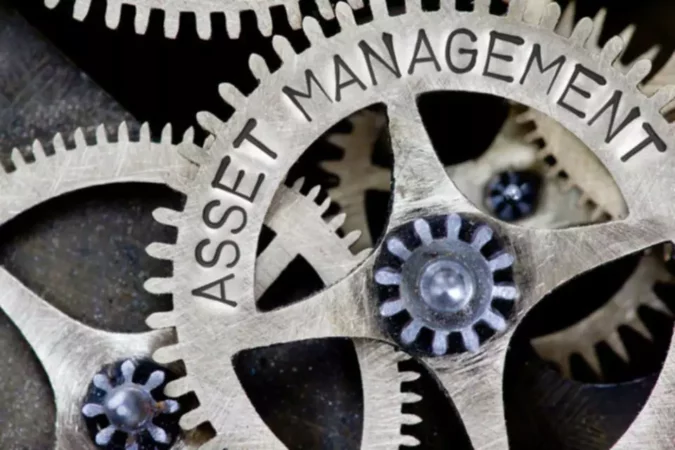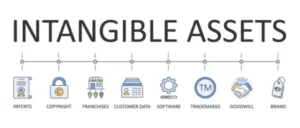What are Fixed Assets?
The classic definition of assets is that it is an economic resource, something of value. According to the definition of fixed assets, also referred to as Plant, Property, and Equipment (PP&E), these are tangible assets acquired for use in the normal course of business for a long period, so they cannot be turned into cash in a short period. The characteristics of fixed assets:
- Long-term nature
- Future benefits
- Nonrecurring expenses
- Not held for sale in the ordinary course of business
- Not financial assets
- Tangible assets
- Determines the production capacity
- Usually, of greater amount
Let’s look at some examples of these assets you might see in the financial records of the company.
- Computers, laptops, and servers
- Furniture
- Office space
- Automobile, airplane, boat
- Manufacturing plants
- Concrete mixer
- Construction tools
- 3D printer
- Storage warehouses
- Land
Accounting for Fixed Assets
Fixed assets occupy a significant portion of Total Assets and thus important in the evaluation of the financial position of the company. Information about the company’s assets helps create accurate financial reports, business valuation, and thorough financial analysis. Investors use these reports to determine a company’s financial health and decide wither to buy shared in or lend money to the business. When reviewing financial reports, it is important to remember that the organization can use different accepted methods for recording, depreciating, and disposing of its assets. The methods used can be found in the notes.
When a company is buying a piece of equipment, instead of crediting Cash for $100K and debiting Expense for $100K, it would debit the Asset, which is called capitalizing it. For tax purposes, what one would want to do is debit Expense and credit Cash, but for book purposes, it is the opposite. The company’s goal is to have less expense, so the income is higher, earnings per share is higher, net income is higher, and so on.
This is what investors are looking for – the bottom line number. They would rather have net income higher. Thus, the company tries to capitalize and match the cost of the periods benefited in books. Let’s say this equipment will have 10 years of useful life. Instead of expensing all of it today, the company will match it over these 10 years.

Fixed Assets Management
Fixed asset management is an accounting process of tracking fixed assets for financial accounting, preventive maintenance, and theft prevention. There are several benefits of asset management one can identify. As a company takes positive steps on its asset management journey, including things like establishing a risk-based decision making framework, it can realize the benefits of improved regulatory compliance and manage risk.
The financial bottom line is often seen as the primary benefit, but there are social and environmental factors to consider. These three factors can be improved through asset management. With deliberate intent, the company can arrive at an important milestone, where social responsibility and reduced lifecycle costs can be achieved.
There are plenty more benefits. With informed decision making, the business will do the right work on the right assets at the right time. This translates into improved processes, greater efficiencies and better financial performance. A thoughtful asset management will help to enhance company’s reputation, one of its most intangible but valuable assets.
A common method to track these assets utilizes serial numbered asset tags, often with bar codes for an easy and accurate reading. This allows the owner to review inventory with a mobile barcode reader and produce a report. Recently, many companies turn to software and online programs to keep track of their fixed assets. In addition to having a record of all the fixed assets in one place, the depreciation and disposal of these assets will be simplified. The asset type, purchase date, including scanned receipts, purchase price, and book value can all be seen at a glance.

















